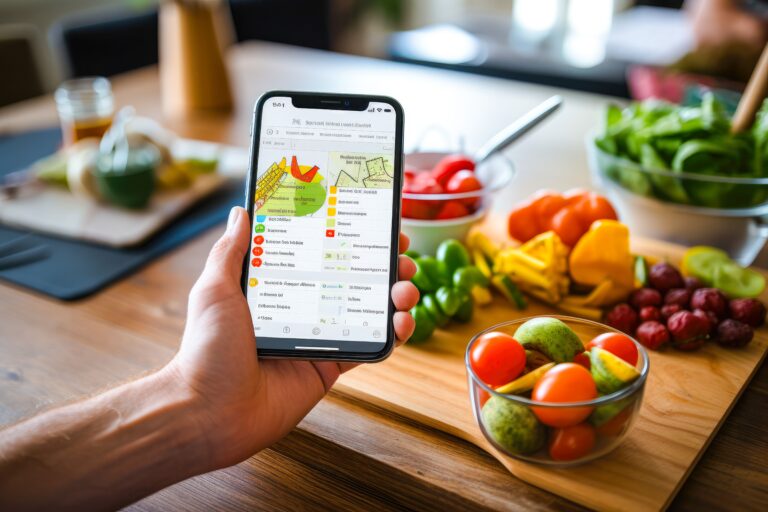Smartphone application interventions that support lifestyle behavior changes may help prevent type 2 diabetes in high-risk populations, according to data published in . American Journal of Preventive Medicine.1
Nearly 1 in 10 people in the United States has diabetes, and 90% to 95% of cases are type 2 diabetes.2 Modifiable lifestyle factors, such as unhealthy eating habits and a sedentary lifestyle, are associated with an increased risk of developing this disease. Lifestyle interventions that encourage people to eat healthier and be more physically active have become commonplace to promote weight loss and reduce the risk of type 2 diabetes.
“smartphone” [apps] “It has emerged as an effective tool to promote lifestyle changes and support health behavior modification in both healthy individuals and clinical populations,” the authors write. “However, there is a lack of evidence supporting the use of apps for lifestyle behavior change and diabetes prevention in prediabetic populations.”
Researchers conducted a systematic review and meta-analysis to investigate the acceptability and effectiveness of smartphone apps in preventing type 2 diabetes. Databases searched in this study included PubMed, Embase, CINAHL, and PsychInfo. A total of 24 studies with 2378 participants conducted between 2008 and 2023 were included in the review.
The included randomized controlled trials evaluated apps aimed at preventing type 2 diabetes over an average period of six months, involving adults at high risk of developing diabetes. Random effects meta-analyses were conducted for weight loss, BMI, glycated hemoglobin, and waist circumference.
Researchers have found that smartphone apps are effective in promoting weight loss and lowering BMI. However, there was no evidence that the app affected her HbA1c levels or waist circumference. Apps with higher levels of user engagement were shown to be more effective at achieving weight loss.
Key app elements that participants said they preferred and influenced higher levels of engagement included levels of personalization, automatic progress tracking, and built-in social networking features.
Limitations of the study include that the search strategy was not peer-reviewed, data extraction was not performed independently, and the inclusion criteria for people at high risk of developing type 2 diabetes was based on the authors' definition; For example, it does not contain metadata. The analysis included various comparators.
“This review suggests the value of smartphone apps in modifying risk factors for type 2 diabetes in high-risk populations, but no impact on type 2 diabetes incidence and reduction in HbA1C was found and more “Long-term follow-up and continued studies with a greater diversity of included participants are needed,” the authors wrote. “Future robust trials should explore the role of AI in further personalizing interventions to achieve higher engagement and efficacy.”


